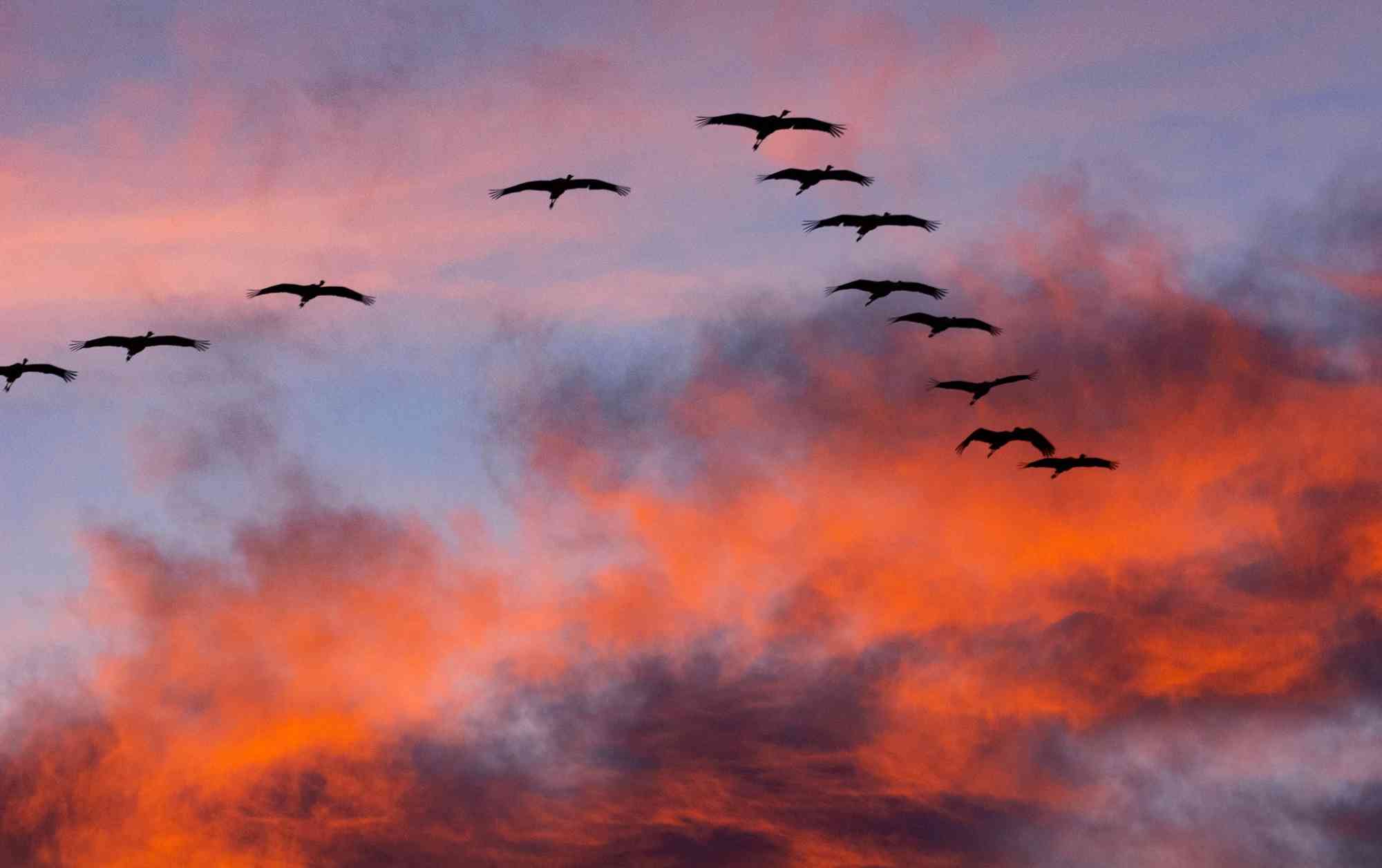Bird migration, a captivating phenomenon witnessed across the globe, is a testament to the remarkable instincts and adaptability of avian species. This natural spectacle involves the seasonal movement of birds from one region to another, often covering vast distances, and serves a myriad of purposes crucial to their survival and reproduction. Bird migration is a testament to the incredible adaptability and resilience of avian species. As they navigate vast distances, overcoming challenges and relying on instinctive navigation, migratory birds contribute to the ecological balance of the planet. Understanding and appreciating this natural spectacle not only enriches our knowledge of the avian world but also underscores the importance of global cooperation in preserving the delicate balance of migration routes and ensuring the survival of these winged wonders.

Navigating The Skies

